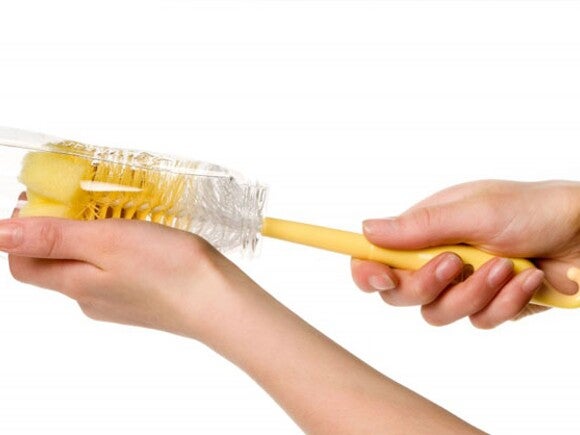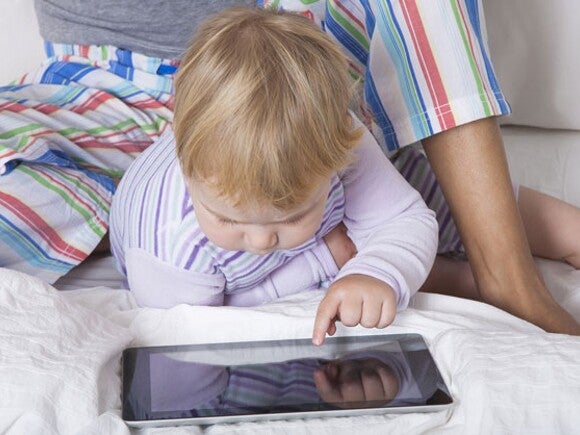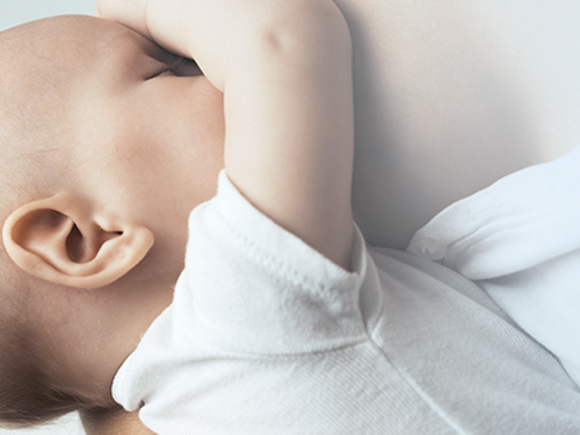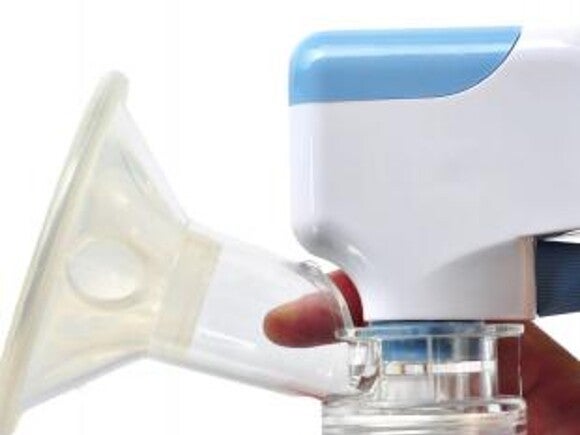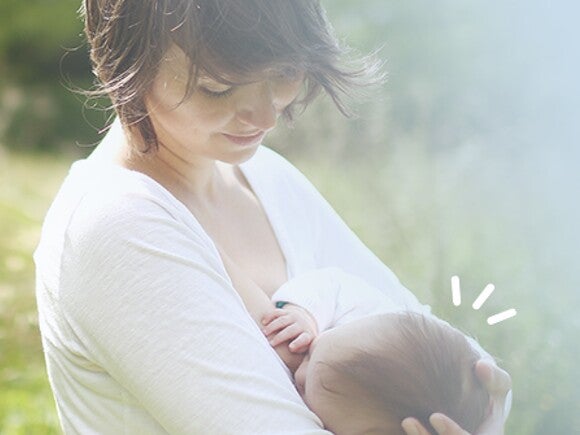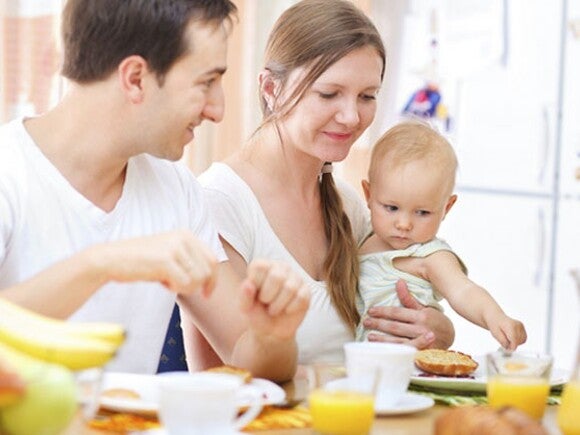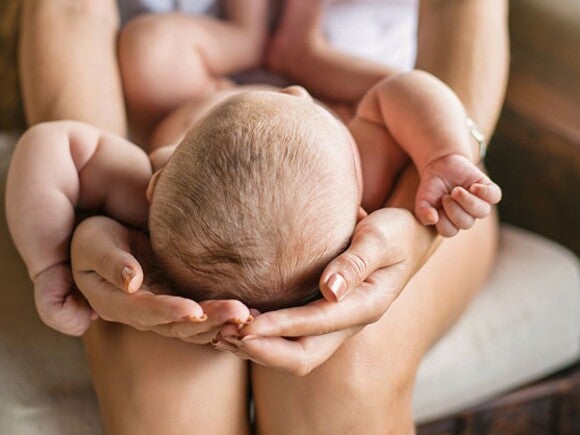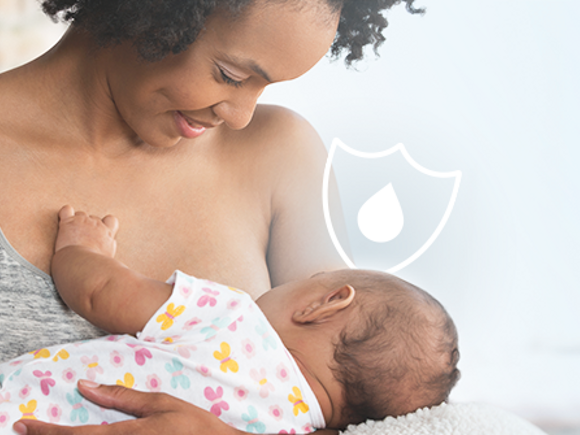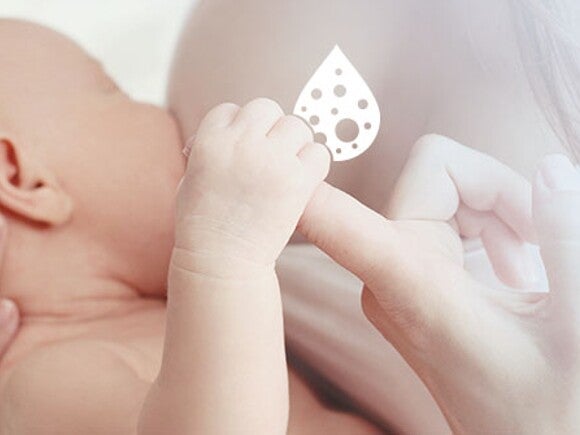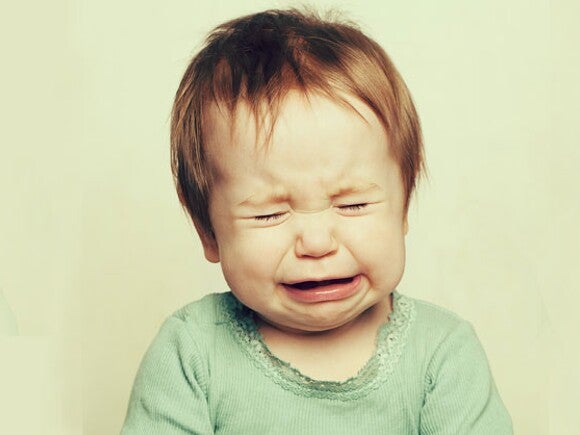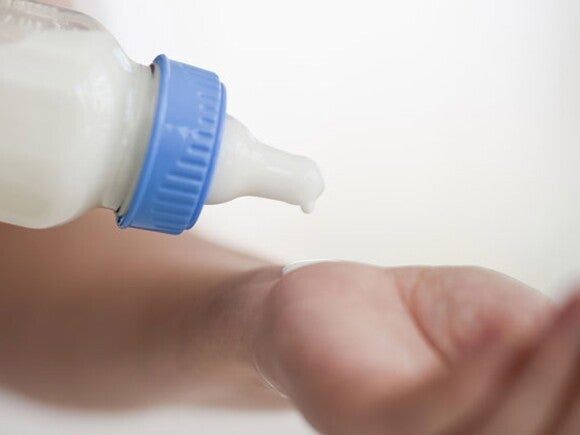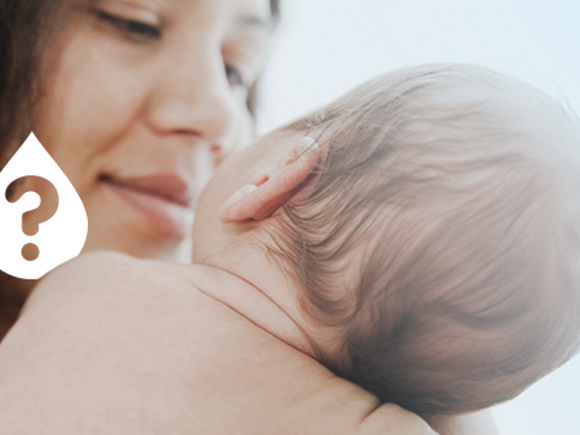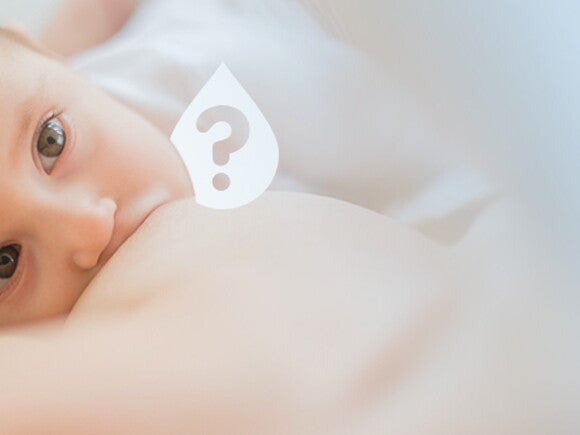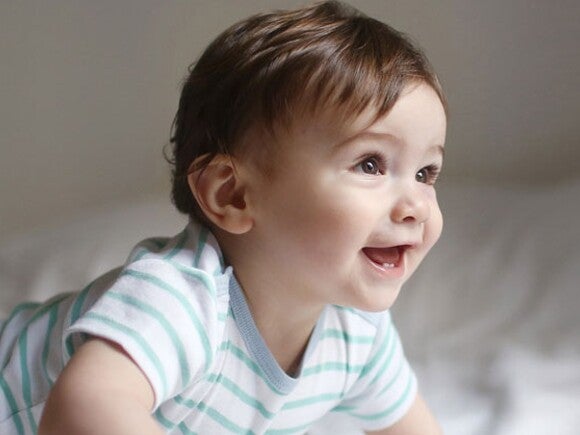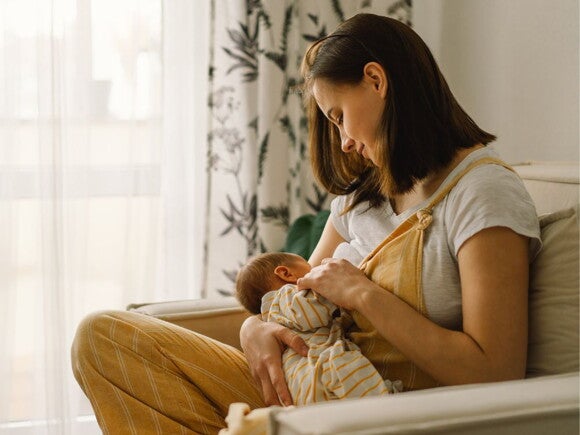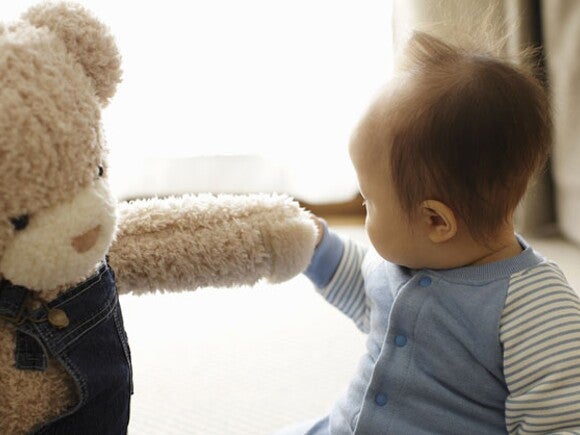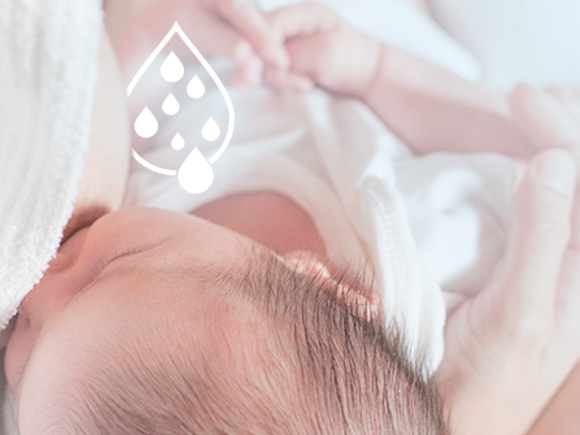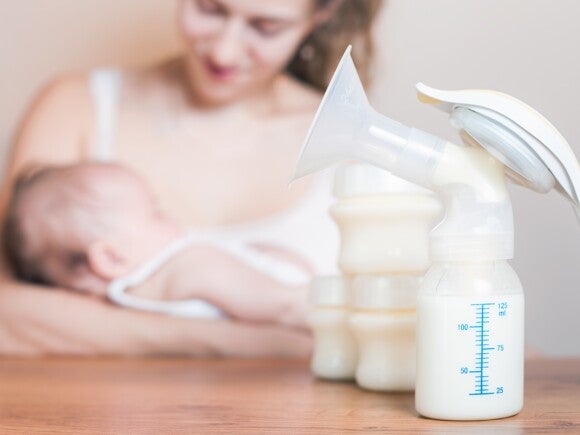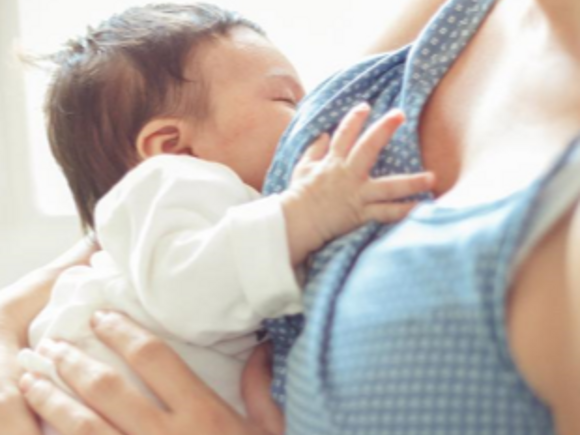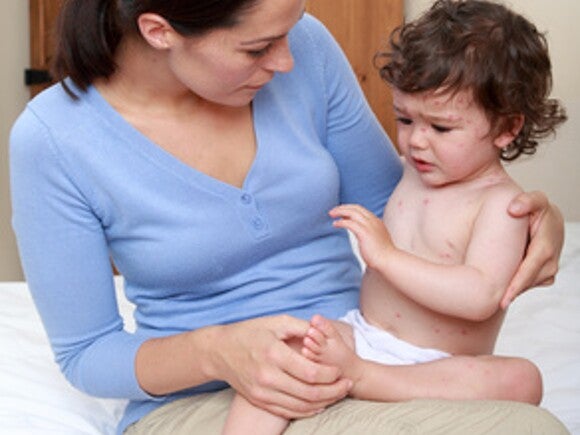Sterilisation is important as your baby’s immune system is still developing and not yet ready to deal with harmful bacteria like we are as adults. Their immune systems will develop over time and you won’t need to do this the whole time they are on formula, but is strongly recommended for the first 12 months.
Regardless of the type of sterilisation method that you choose, there are some universal steps to take first:
- Wash your hands thoroughly with soap before handling your equipment;
- As soon as possible after a feed, rinse your equipment with water;
- Wash your equipment with warm soapy water and rinse through clean water before sterilising;
For any equipment that won’t be used straight away after sterilising, place all lids and teats on baby bottles to ensure the inside of the bottles, and the inside and outside of the teat remain sterile until they are used.
1. Sterilising Baby Bottles by BOILING
Boiling is a very cheap and the most effective way of sterilising your baby formula equipment and of course has been around forever and a day. Utmost care is needed though to avoid dangerous burns and scalds – using the back burner on a stove is safest. Also make sure you check manufacturer’s advice on whether all of your equipment can be boiled.
a) Wash your hands thoroughly with soap before handling your equipment;
b) As soon as possible after a feed, rinse your equipment with water;
c) Wash your equipment with warm soapy water and rinse through clean water before sterilising;
d) You will need a pot big enough to submerge all equipment in water;
e) Bring the water to the boil and boil equipment for 5 minutes making sure all your equipment stays submerged under the water. One way to make sure they stay submerged is to make sure all the air pockets are removed by filling them with water at the start.
2. Sterilising Baby Bottles by STEAMING
Sterilising by steaming is often easily done in a microwave and there are specific microwavable sterilising containers you can buy.
a) Wash your hands thoroughly with soap before handling your equipment;
b) As soon as possible after a feed, rinse your equipment with water;
c) Wash your equipment with warm soapy water and rinse through clean water before sterilising;
d) Place feeding equipment in the microwavable container and follow the instructions specific to your equipment – amount of water in the container and the length of time in the microwave can vary depending on the equipment you have.
3. Sterilising Baby Bottles using COMMERCIAL STERILISING MACHINES
Sounds pretty full on when you use the word ‘commercial’, but this simply means specific automatic sterilising machines that you buy from stores.
a) Wash your hands thoroughly with soap before handling your equipment;
b) As soon as possible after a feed, rinse your equipment with water;
c) Wash your equipment with warm soapy water and rinse through clean water before sterilising;
Apart from the first three steps above, which apply to every sterilisation method, this is a difficult one to give specific advice on as these machines can be slightly different in how they work. So really you need to read the manufacturer’s instructions as they are the best to advise on how to use their equipment safely and effectively. Most units will raise the temperature quickly and turn off on their own once the process is finished.
IMPORTANT NOTICE: Breast milk is best for babies and provides ideal nutrition. Good maternal nutrition is important for the preparation and maintenance of breastfeeding. Introducing partial bottle feeding could negatively affect breastfeeding and reversing a decision not to breastfeed is difficult. Professional advice should be followed on infant feeding. Infant formula should be prepared and used exactly as directed or it could pose a health hazard. The preparation requirements and cost of providing infant formula until 12 months of age should be considered before making a decision to formula feed.
